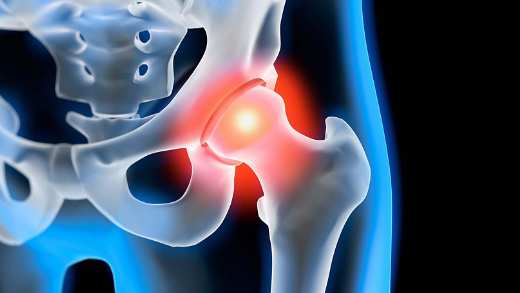According to Diabetes UK, over 4.3 million people are currently living with diabetes in the UK Footnote [1]. Diabetes is a serious condition that causes your blood sugar levels to climb too high.
Obesity is the single greatest risk factor for getting type 2 diabetes Footnote [1], so taking steps to slim down could really boost your chances of preventing the disease from developing.
As the old saying goes, prevention is better than a cure, which is why we’re not just here when you fall ill, we’re here to help keep you healthy too. We’re invested in finding solutions that help to prevent the onset of chronic disease, like type 2 diabetes.
What causes diabetes?
The amount of sugar in your blood is controlled by a hormone called insulin, which is created by the pancreas.
After you’ve eaten, the food is digested and enters your bloodstream. Insulin then moves the glucose, or sugar, out of the blood and into your cells. Here it’s broken down to create energy to fuel your body.
When you have diabetes, this process can go a little haywire. Your body can’t break down the glucose into energy because you don’t have enough insulin to do the job properly, or the insulin you do have misbehaves and doesn’t work properly Footnote [2].
The different types of diabetes
This tables describes the two main types of diabetes, which are type 1 and type 2, and explains what causes them.
| Type 1 diabetes | Type 2 diabetes |
|---|---|
| When you have type 1 diabetes your body attacks the cells in your pancreas that make insulin, so it can’t create any. Your body breaks down the food you eat in the normal way and turns it into glucose. But there’s no insulin to move it into your cells. This means glucose builds up in your bloodstream, which causes high blood sugar levels. | When you have type 2 diabetes your body doesn’t create enough insulin, or your cells don’t react to it in the way they should. Your body breaks down the food you eat in the normal way and turns it into glucose. But there’s either not enough insulin to move it into your cells, or your cells don’t react to the insulin and won’t accept the glucose. |
| Around 8% of people with diabetes in the UK have type 1 diabetes3. | Type 2 diabetes is far more common than type 1. In the UK, around 90% of all adults with diabetes have type 22. |
There’s a third type of diabetes that only affects pregnant women, which is known as gestational diabetes.
How to spot diabetes
Nobody knows what causes type 1 diabetes and it can develop quickly over weeks or even days. Developing type 1 diabetes has nothing to do with diet or lifestyle Footnote [3].
Type 2 diabetes can develop slowly. So slowly that people rarely notice the symptoms, or don’t recognise how serious they are. Some people can live for up to 10 years with type 2 diabetes before being diagnosed Footnote [4].
Visit your GP if you experience the main symptoms of diabetes, which include:
- feeling very thirsty
- weeing more often than usual, particularly at night
- feeling very tired
- losing weight or muscle
- cuts or wounds that heal slowly
- blurred vision
The risks of getting type 2 diabetes
It’s thought that 13.6 million people in the UK are at risk of developing type 2 diabetes Footnote [1]. Several things can increase your risk, including:
- being overweight – this is the single greatest risk factor and accounts for 80-85% of someone's risk Footnote [1]
- your age
- high blood pressure
- if you have a parent, brother, sister or child with diabetes
- your ethnicity
Helping you prevent and manage type 2 diabetes
There are no lifestyle changes you can make to cut your risk of type 1 diabetes, but research has shown that, for some people, lifestyle changes, including diet, exercise and weight loss, can slash the risk of type 2 diabetes by about 50% Footnote [5].
Then it comes to managing the condition, people with type 1 diabetes must take regular insulin injections for the rest of their life.
Some people with type 2 also need to take medicine to keep their blood sugar at the right levels. However, it’s also possible to manage type 2 through lifestyle changes such healthier eating, moving more and losing weight.
















